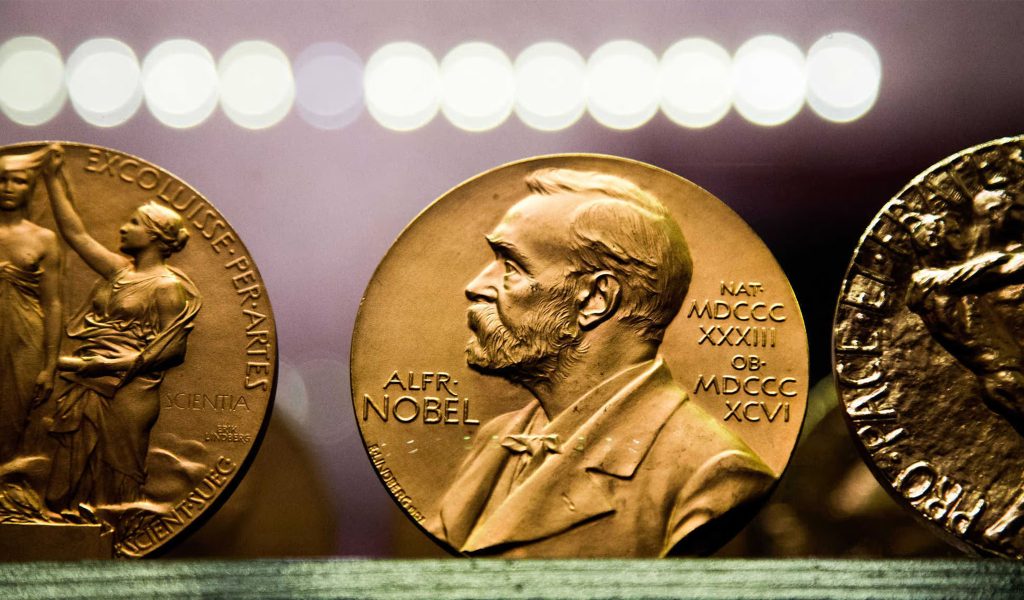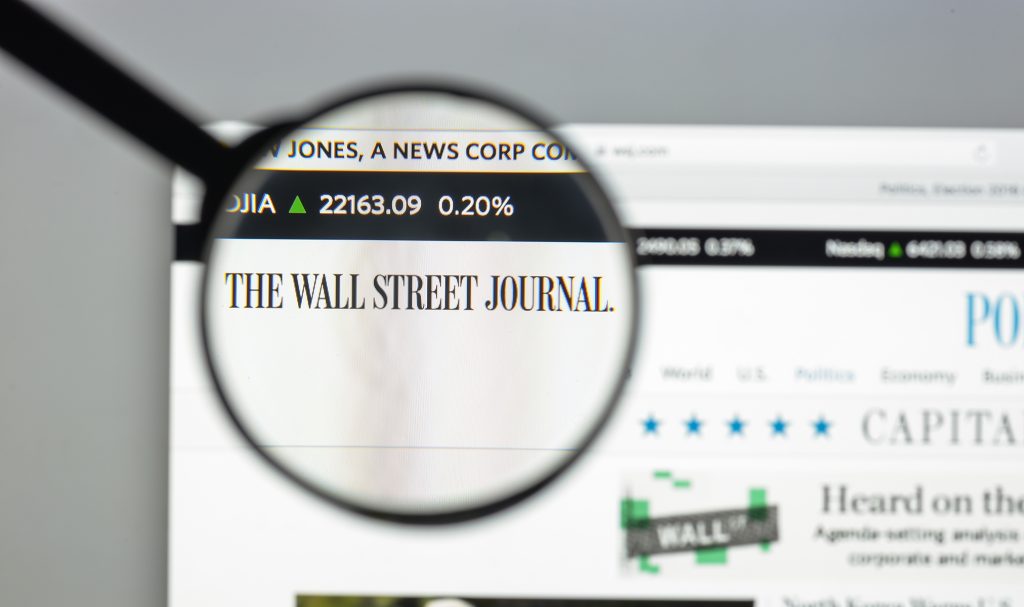In their 2022 book Superabundance, Marian Tupy and Gale Pooley observed that “for every increment of population growth, global resources have grown by a factor of eight.” On its very face, this shouldn’t surprise us.
The simple, beautiful truth is that the more that production is spread among “hands,” the greater the productive output. Think about the automobile. Formerly a bauble of the rich, Henry Ford created cars for the “great multitude” by spreading the manufacture of same across thousands of hands.
One man working alone could maybe produce a rather primitive and unreliable car in a lifetime, but thousands working together can produce many multiples of thousands. Think the factor of eight that Tupy and Pooley mention, and then spread it across the earth.
Think of it in terms of the recently discontinued Boeing 747. Or if tall buildings are more your thing, think of Tupy and Pooley’s observation through the prism of the Burj Khalifa in Dubai. Considering the 747 first, it was a remarkable consequence of six million different parts manufactured around the world. As for the Burj, let’s just say it takes much more than a village. The simple truth is that if the creators of the world’s tallest building had only the hands, steel, and knowledge of those in Dubai to rely on, it would never, ever have been built. The costs would have been too much, not to mention that a tiny fraction of the inputs necessary for its erection came from the Emirate.
Add Apple’s iPhone to the mix, and just about everything else you enjoy. Misguided populists clamor for Apple to manufacture its pocket supercomputers stateside, but assuming the factory capacity and know-how to make an iPhone actually exists in the U.S., the cost of such an endeavor would price the iPhone well beyond the means of the vast majority of consumers. Think millions.
At which point it’s not unreasonable to speculate that readers are wondering where the retirement story resides within this tribute to a globalized division of labor. Hopefully it’s apparent, but if not, please read on.
And in reading on, never forget that no one buys and sells with dollars, lends/borrows in dollars, or saves in dollars. Money is just measure or an agreement about value that represents access to actual goods and services. Applied to retirement, we save dollars for what we hope is a cushy future made cushy by what those dollars can be exchanged for.
Which brings us back to Tupy and Pooley. What they found in their research for Superabundance is that the time cost of goods and services shrinks all the time. Put more optimistically, the hours worked to purchase the myriad goods made available to us by the productive shrinks all the time. It’s an essential observation.
More important, it’s a crucial observation considering the future we’re all trying to divine. The interconnection of producers is a happy signal that the cost of producing goods and services continues to decline. Indeed, it can’t be stressed enough that the more hands and machines that production is divided across, the much more abundant are products and services.
Please think about divided labor with the coming division of thought. It’s predicted by Artificial Intelligence (AI) investors and scientists that the latter will soon enough enable the automation of 80% of 80% of jobs. Stop and think what this will mean. The human beings who roam the earth are soon to have mechanized assistants who produce and think alongside them, literally billions of capable machines and brains who never need a break. The economic growth that will emerge from this will stagger the mind for its grandeur.
What does it mean for retirement? It means that the time cost of acquiring massive abundance in retirement will plummet.
In other, rather optimistic words, all the handwringing about a lack of sufficient individual savings for retirement is much ado about nothing. Never forget that the people are the market, and the people aren’t saving as much money because they won’t need as much money. The surest sign of a booming economy is falling prices, and the marriage of man with thinking/doing machines is set to bring on the cheapest of “Cheap Revolutions.” Retirees will live grandly, and at prices that continue to decline.
Republished from RealClear Markets





